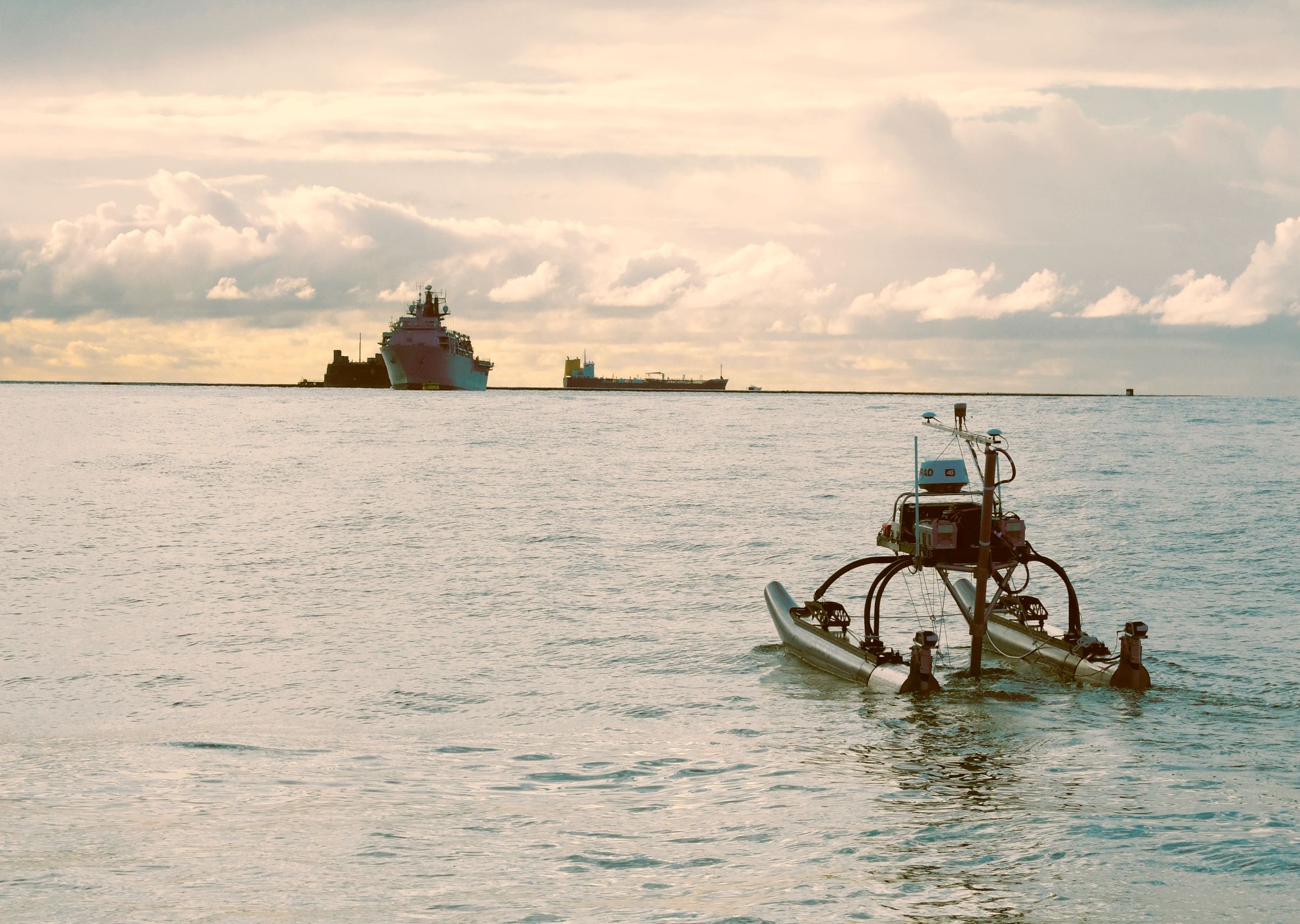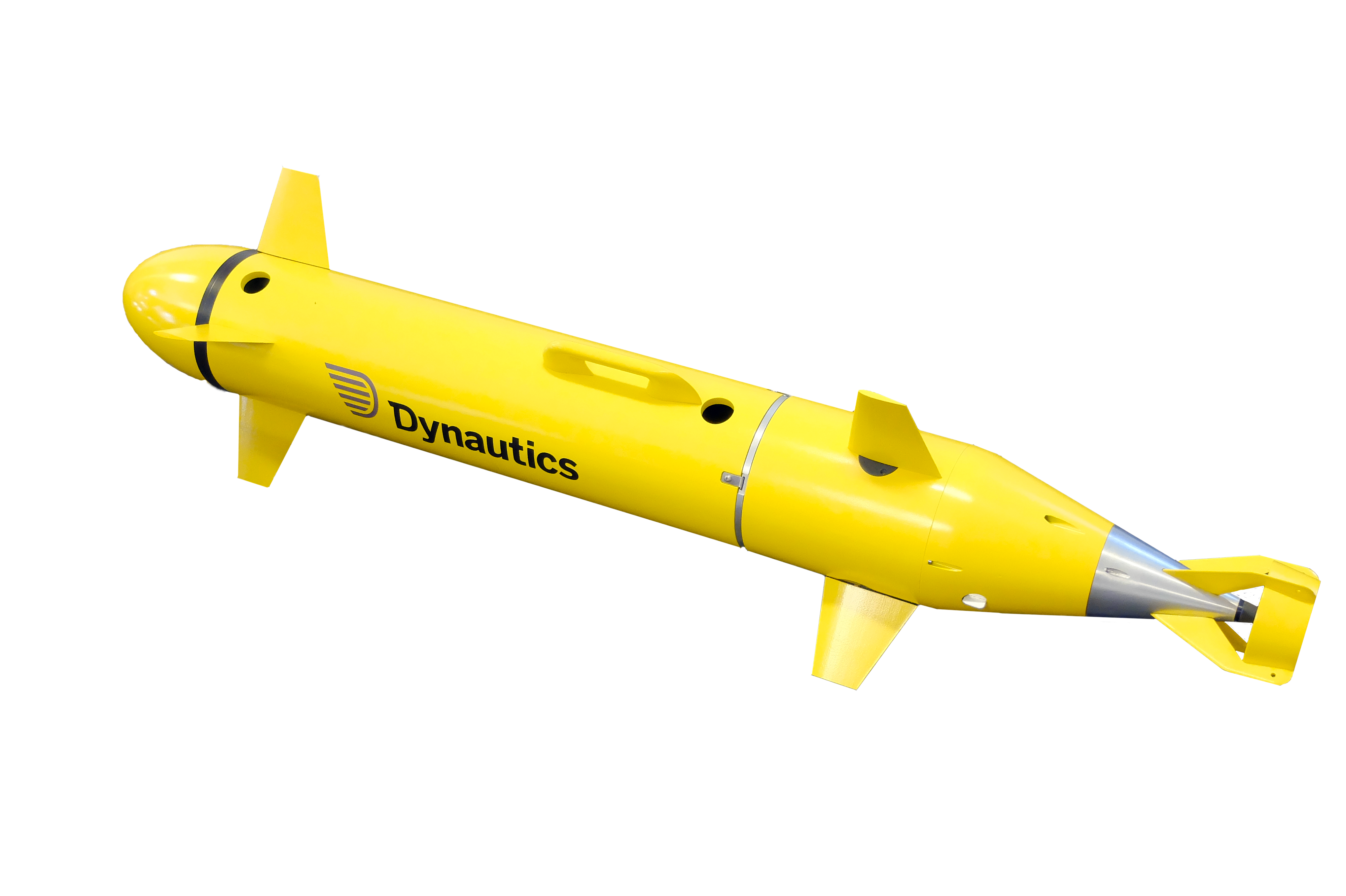
WAM-V 16 undertaking a trial Survey under Dynautics Spectre control and Dynautics CA-2 System Operational
Introduction
Collision Avoidance (CA) is a much talked about technology within the unmanned marine vehicle market. We, at Dynautics, have several years’ experience in providing CA at multiple levels, depending on customer requirements, their vessel type and the type of sensor on board. It is obvious but worth stating that ‘Sensing’ and ‘avoiding’ are two different elements of Collision Avoidance. In fact, Sensing (and locating and tracking) is a key part of the problem, involving a range of sensors – radar, electro-optic, AIS data – and these can be bulky and expensive.
Four Collision Avoidance modules from Dynautics
Dynautics have developed an external CA interface as a standard which enables our autopilots to interact with third party sense and avoid systems. This has been in use for the past 10 years on fast surveillance vessels which use the Dynautics navigational control system (Spectre) with the customers own Sensing products which output avoidance instruction to the control system.
Dynautics CA-0 is an internal CA algorithm (i.e. resides within the SPECTRE Autopilot module) which uses obstacle data that is transmitted to the USV using the command and control datalink. This can include pre-programmed fixed obstacles, and target data from area surveillance radars for example.
Dynautics CA-1 also resides within the SPECTRE Autopilot module. CA-1 uses AIS data, for the Sensing function. Very cost effective, minimal size and cost used successfully in open ocean situations for many years on slow moving, wave powered vehicles. NB, AIS data is not reliable for this application in confined waters, harbour situations.
Dynautics CA-2, is an external CA avoidance module from Dynautics. The sensing function is supplied via an interface to Navico 4G, FMCW Radar with MARPA. We supply the unlocked Radome, the MARPA system configured for use on USVs, and the interfaces to the Spectre autopilot. This system can be augmented with other sensors, such as AIS and electro-optical sensors.
We aim to supply the most reliable, robust and integrated solutions for collision avoidance on the market.

